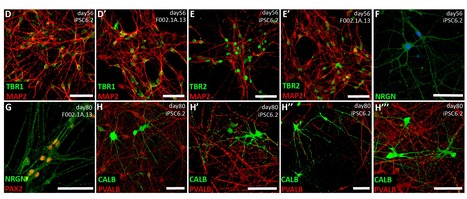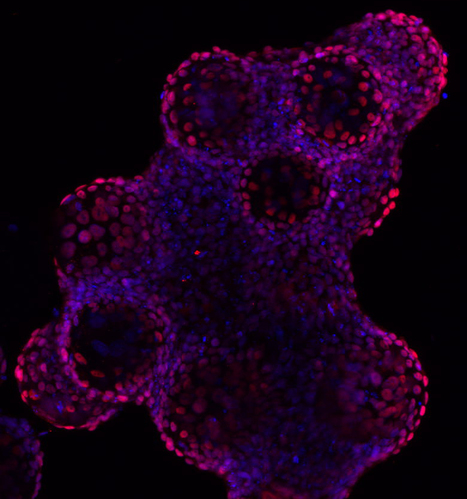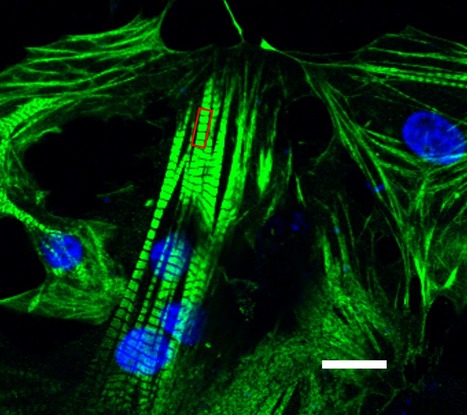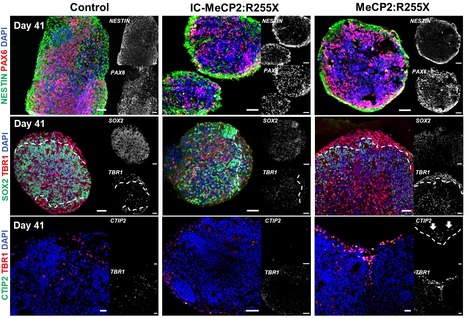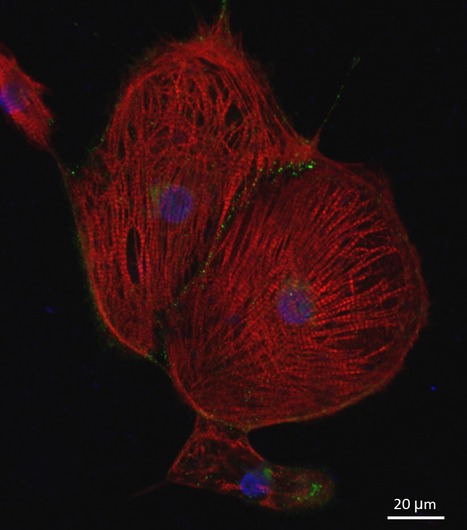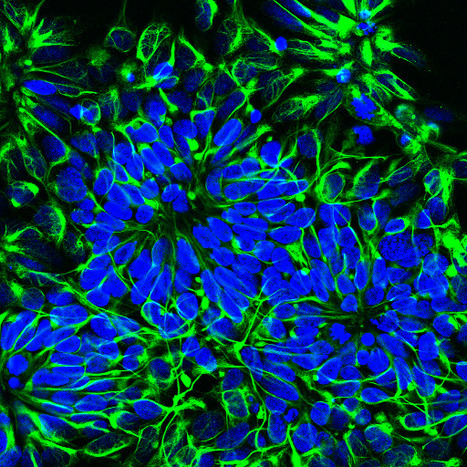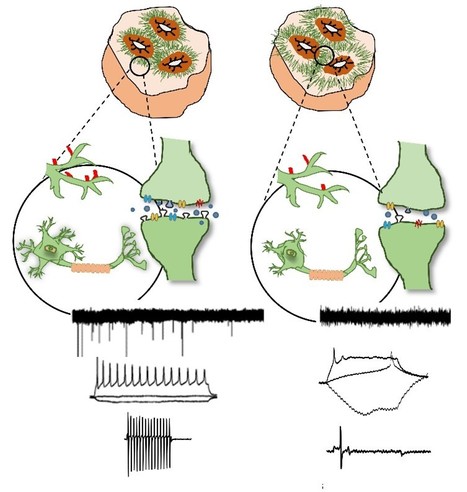
Rett syndrome (RTT) is a rare neurodevelopmental disorder caused by mutations in the gene encoding for the MeCP2 protein. Among different roles, MeCP2 has a high phenotypic impact during the different stages of brain development. Thus, it is essential to investigate the function of MeCP2 and its regulated targets. In a review paper published in the International Journal of Molecular Sciences, a team of researchers at SCERG-iBB provides a brief summary of the main neurological features of RTT and of the impact of MeCP2 mutations in the neuropathophysiology of the disease. A thorough revision of recent advances and future prospects of RTT modeling using human neural cells derived from pluripotent stem cells and its contribution for the current and future clinical trials for RTT is also provided.



 Your new post is loading...
Your new post is loading...


